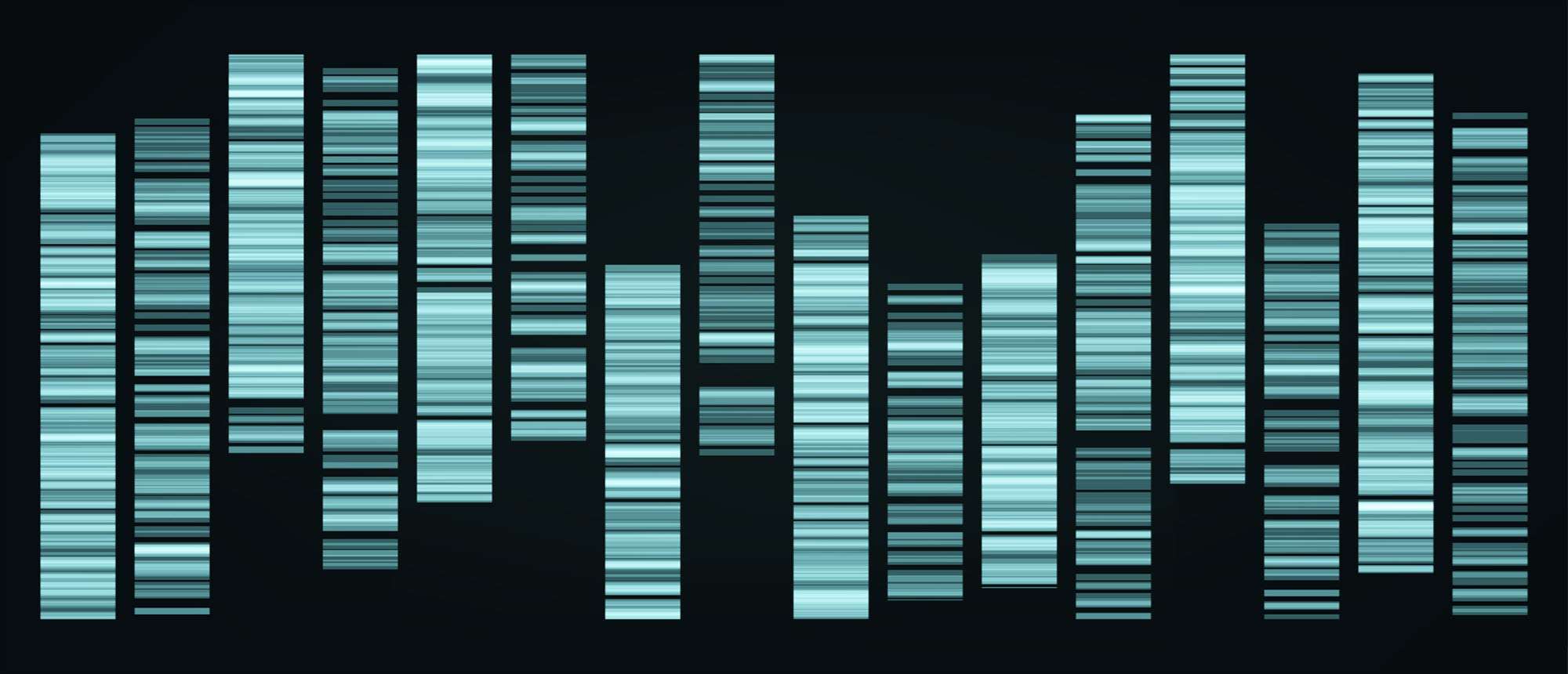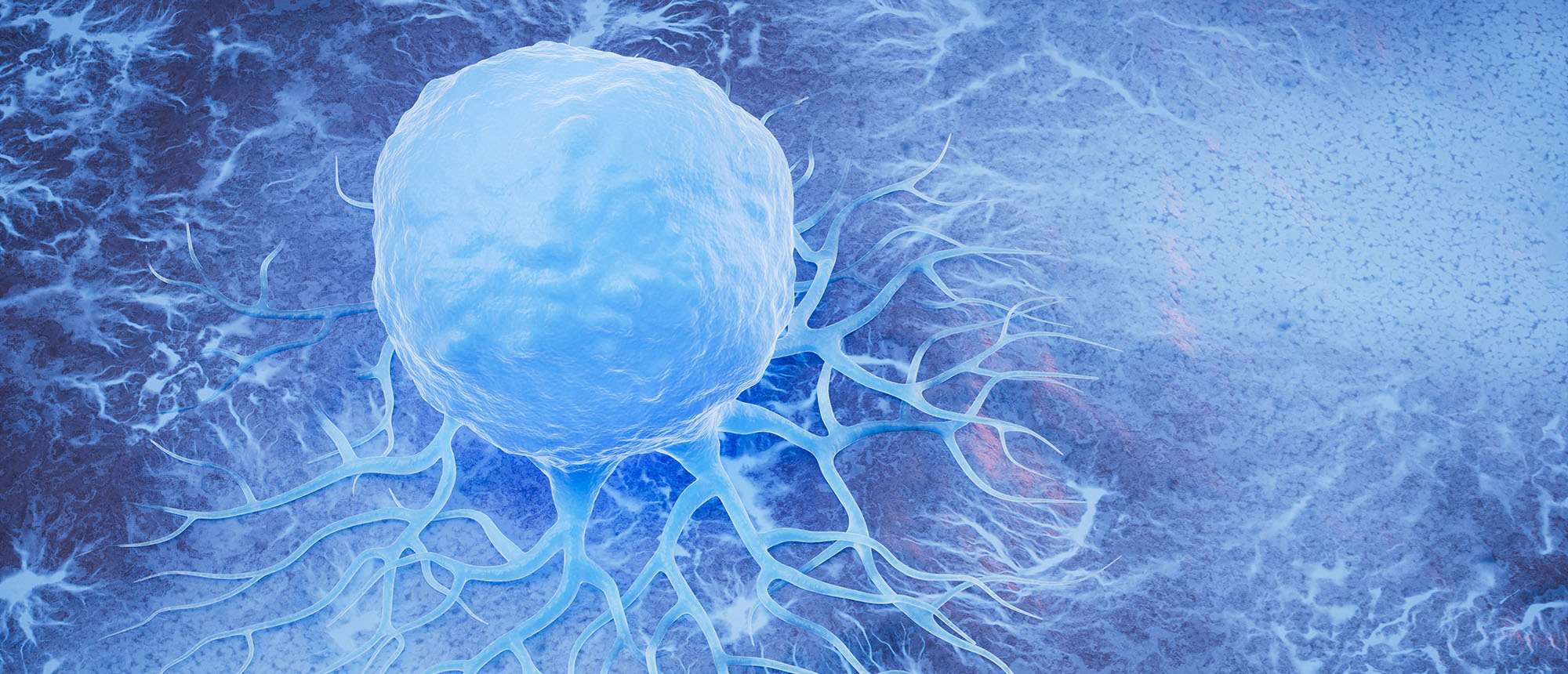To Protect the Heart from Chemotherapy, Researcher Looks to Genes

The widely used chemotherapy drug doxorubicin helps patients by deftly killing cancer cells, but it has also been shown to damage heart cells and lead to heart disease. Medical College of Wisconsin (MCW) Assistant Professor Chun Liu, PhD, has set out to find what makes some heart cells vulnerable and how to protect them from this toxicity.
As a postdoctoral researcher at Stanford University, he used stem cells and genetic screening tools to discover something unexpected: the heart cells that survived doxorubicin’s toxic effects were missing a specific gene.
Now in MCW’s Department of Physiology and Cancer Center, Dr. Liu is taking that research further, studying how the absence of this gene protects heart cells, with the goal of better understanding heart disease and developing targeted treatments.
“More and more patients are surviving cancer for longer periods of time, but they have a really high risk of heart disease because of this toxicity of chemo drugs,” Dr. Liu says. “It’s not only chemotherapy; many drugs fail at the clinical trial stage because they cause heart toxicity.”
Understanding Cells as the Basis for Disease
 In his lab, Dr. Liu uses induced pluripotent stem cells – adult cells reprogrammed to behave like embryonic stem cells – to grow heart muscle cells called cardiomyocytes. These lab-grown cells allow him to study how the heart responds to different therapies and why drugs like doxorubicin can cause lasting damage.
In his lab, Dr. Liu uses induced pluripotent stem cells – adult cells reprogrammed to behave like embryonic stem cells – to grow heart muscle cells called cardiomyocytes. These lab-grown cells allow him to study how the heart responds to different therapies and why drugs like doxorubicin can cause lasting damage.
He also uses CRISPR technology, a tool that screens thousands of genes at a time to help researchers understand which genes are critical to diseases or drug response. That’s how Dr. Liu found that the healthiest heart cells after chemotherapy lacked a gene called CA12. That knowledge provided a potential target for pre-chemotherapy interventions.
“If we repress this gene, perhaps we can protect the cardiomyocytes and prevent heart damage,” he says.
With a new R01 grant from the National Institutes of Health, Dr. Liu and his lab will investigate CA12 and the mechanism further. Initial findings suggest that doxorubicin modifies the epigenome of cardiomyocytes, which causes cardiac dysfunction.
“If we can understand this mechanism, then we can see if we can use this gene as a biomarker for potential disease or even rescue these genes to protect patients from heart disease,” Dr. Liu says.
A Multifaceted Approach to Heart Disease
Dr. Liu’s research is part of MCW’s Cardiovascular Research Center. In addition to his work on chemotherapy toxicity, he is also using stem cells to study genetic heart diseases, including dilated cardiomyopathy. His lab also creates 3D cardiac organoids – miniature, simplified versions of the heart made from real heart muscle cells – which allow the team to study how therapies affect the heart at the organ level.
Still, his focus lies mostly on the function of cells themselves.
“We are all built by cells,” he says. “That’s why I’m interested in cell biology. It allows us to detect diseases at their earliest stages, because every disease originates from changes that occur within cells.”
Fully understanding the complex networks within cells remains too difficult for humans to do alone, but Dr. Liu believes that in the coming years artificial intelligence will help scientists understand how environments and stress or genetic changes affect cells. This could have wide-ranging implications.
“If we can understand how it all works, we could potentially cure every disease,” he says.



